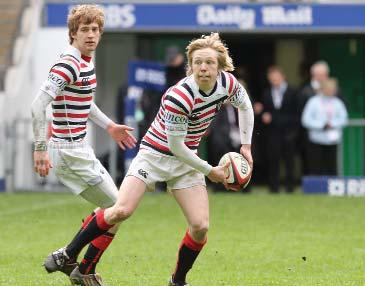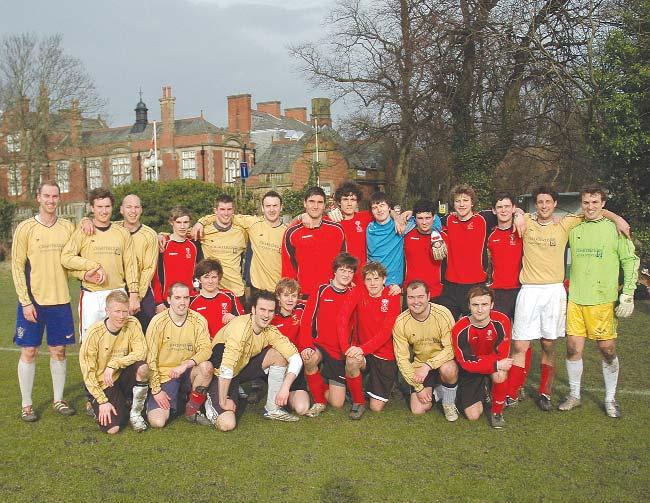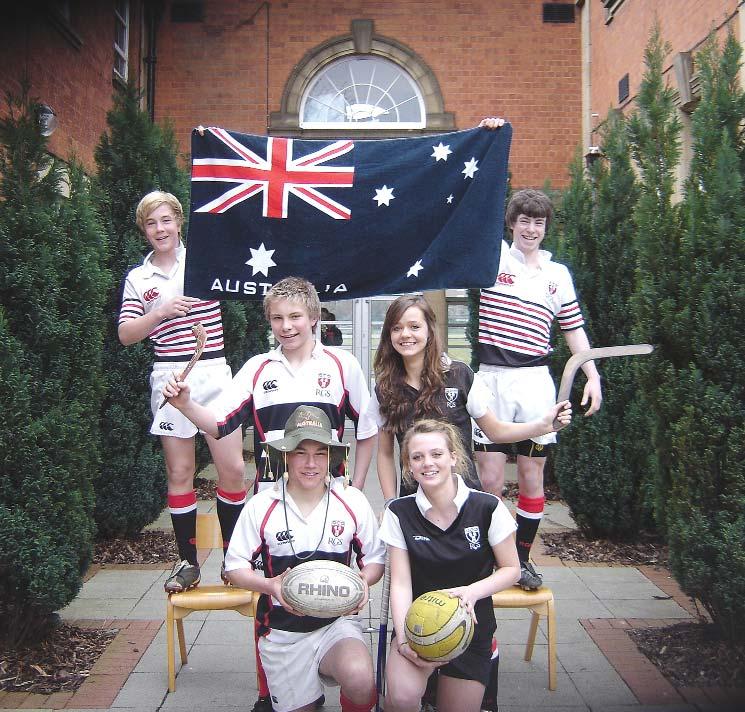8
ONA — Old Novocastrians Association Magazine
Earlier this year, Major Tom Hargreave (83-90) who commands 654 Squadron of the Army Air Corps, invited Mike Downie, Head of Careers at RGS, and 20 students to the snowy terrain of Otterburn Rangers. There they met an iconic piece of hardware from the war against terror: the Apache helicopter.
Apaches in Afghanistan
Mike Downie writes: The Apache is a robotic gunslinger from the Westerns, hip holsters bristling with weaponry, arms akimbo ready for the draw: cold and menacing. But its US builders named it after the ‘other side’ in the Wild West, a diverse group of indigenous tribes noted for their fighting skills and stamina, a set of peoples the Spanish settlers grouped indiscriminately as Apache. Introduced to the AAC in 2001, the Apache’s role is primarily to hunt and destroy hostile military threats on the ground. Powered by twin Rolls-Royce engines, the two-crew UK-spec aircraft can operate at up to 330 km/h, armed with a mix of 16 Hellfire air-to-surface ‘fire and forget’ missiles, 76 CRV7 rockets, four air-to-air missiles and a chain gun beneath the fuselage with a capacity of up to 1200 rounds. Its suite of defensive aids includes the distinctive Longbow radar dome above the main rotor and a range of other equipment to give the crew the best means of both achieving their targets and defending themselves and their £24 million machine. The RGS group was given complete access to the machine with a fascinating explanation of its systems. Hopes of seeing a live firing exercise were dampened by the severe winter weather which had upset Otterburn’s ground operations (the Apache is ‘all-weather’) but there was compensation as two machines were towed out of the hangar and one took off on a training sortie. Of most interest to readers of this publication will be Major Tom Hargreave’s post-RGS career and it is better told in his own words:








